SPECIAL PROTECTION AREA
Part of a huge flock of lapwings over Walshaw Moor 2025 | Kate Hargrave
WALSHAW MOOR IS A SPECIAL PROTECTION AREA (SPA)
By Walshaw Turbines Research Group and Upper Calderdale Wildlife Network
Walshaw Moor is at the centre of the South Pennines Moors SPA Phase 2 designated because of its large numbers of protected breeding birds such as Curlew, Lapwing, and Skylark, and for important numbers of Golden Plover and Merlin. If vital habitat on the Moor is damaged beyond repair to build Calderdale Energy Park, the whole SPA will be fragmented. Internationally significant breeding assemblages of rare birds will be dispersed, as large areas of their habitat is destroyed and they try and move elsewhere to avoid disturbance by construction work and then the turbines themselves. The irreplaceable blanket bog habitat which sustains these breeding birds would be irreparably damaged by the infrastructure needed to create the wind farm, as restoration of the blanket bog can only take place at a few millimetres a decade.

Walshaw Moor is protected by European law that was transposed into British law with Brexit. There is no higher designation than SPA and there are 84 such areas in England, including the Farne Islands, Flamborough Head and the Wash. These are also European Natura 2000 sites. England (conservation is devolved) is one of the most nature-depleted countries in Europe, second perhaps to Wales. Walshaw Moor is an exception where some threatened species flourish. Since 2017, the Walshaw Moor Estate Catchment Restoration 2017-2042 Plan (MRP002) has been in place. This is an agreement between Natural England and the Walshaw Moor Estate.
The intent of the plan is to improve the important blanket bog habitat by management interventions such as grip (drain) blocking, Molinia (purple moor grass) control, sphagnum moss inoculation and gulley restoration. A key expectation of the plan is that rotational burning of the heather should cease, but management objectives would seek to reduce the risk of wildfire. It is not clear how much of this restoration work is being carried out, and where it is being carried out, whether it is being done appropriately, as Natural England have failed to monitor the Management Plan. Natural England have admitted that gross under resourcing have made it impossible for them to carry out their legal obligations to monitor sites like these. What we do know is that if the wind farm goes ahead, any chance to restore the moor to a properly functioning ecosystem will no longer be possible.
2024 and 2025 have been good years for vulnerable and red listed Curlew and Lapwing with much anecdotal evidence of numbers of these species bucking national trends. From February when these birds arrive on the moor to breed, you can hear their distinctive calls and watch the lapwings aerobatic displays. When they are present in large numbers, they can communally protect their chicks from predators until the young have fledged and return with their parents to the coast. Other species expected to be seen on the moor include Skylark, Meadow pipit, Oystercatcher, Short eared owl, Barn owl, Redshank, Snipe, Kestrel, Merlin and Golden plover
The photographs in this article were all taken in 2025.
Curlews are thriving on Walshaw Moor even though they are becoming extinct elsewhere. In Wales the decline is now so steep (6% per year) that it’s anticipated that the curlew will cease to be a breeding bird in 2033. Curlews live for thirty years and return annually to the place they fledged. The pairs lay four eggs each season and, in many places, fail to raise a single chick to fledging. Due to habitat loss and risk of predation by ground and aerial predators. This threat is higher when Curlew numbers are fewer. This makes their success on Walshaw Moor so important, and the need to protect the moor from development even more crucial.
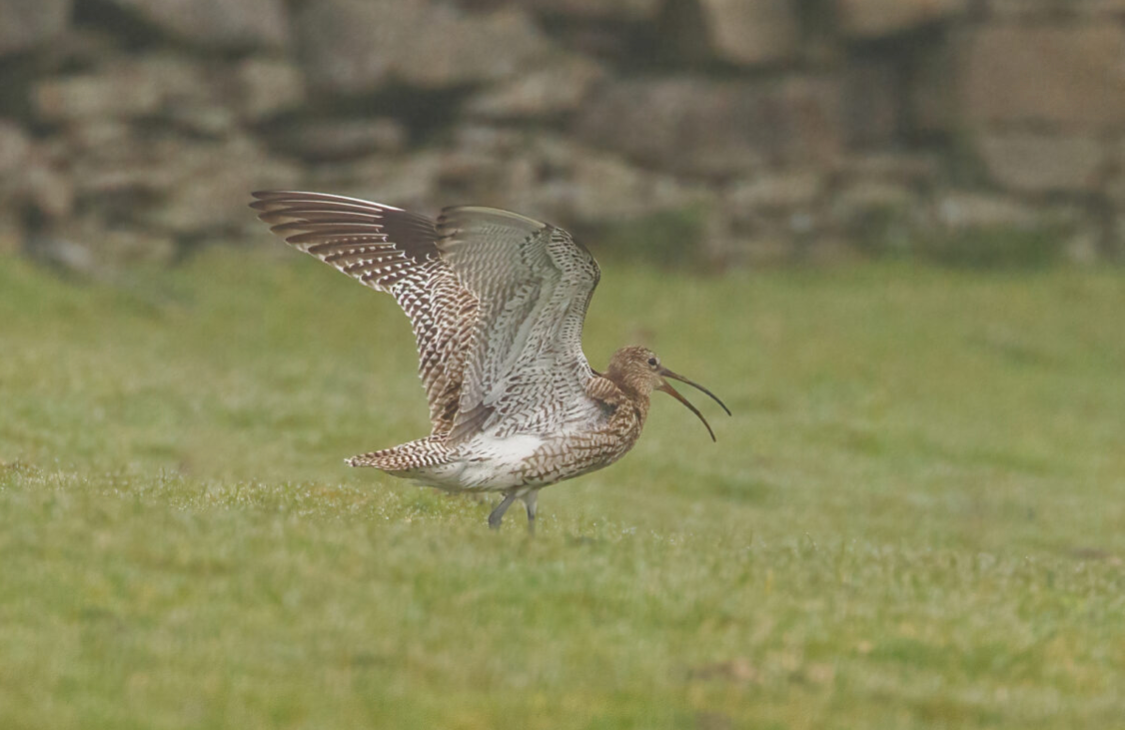
Curlew on Walshaw Moor 2025 | Kate Haslegrave
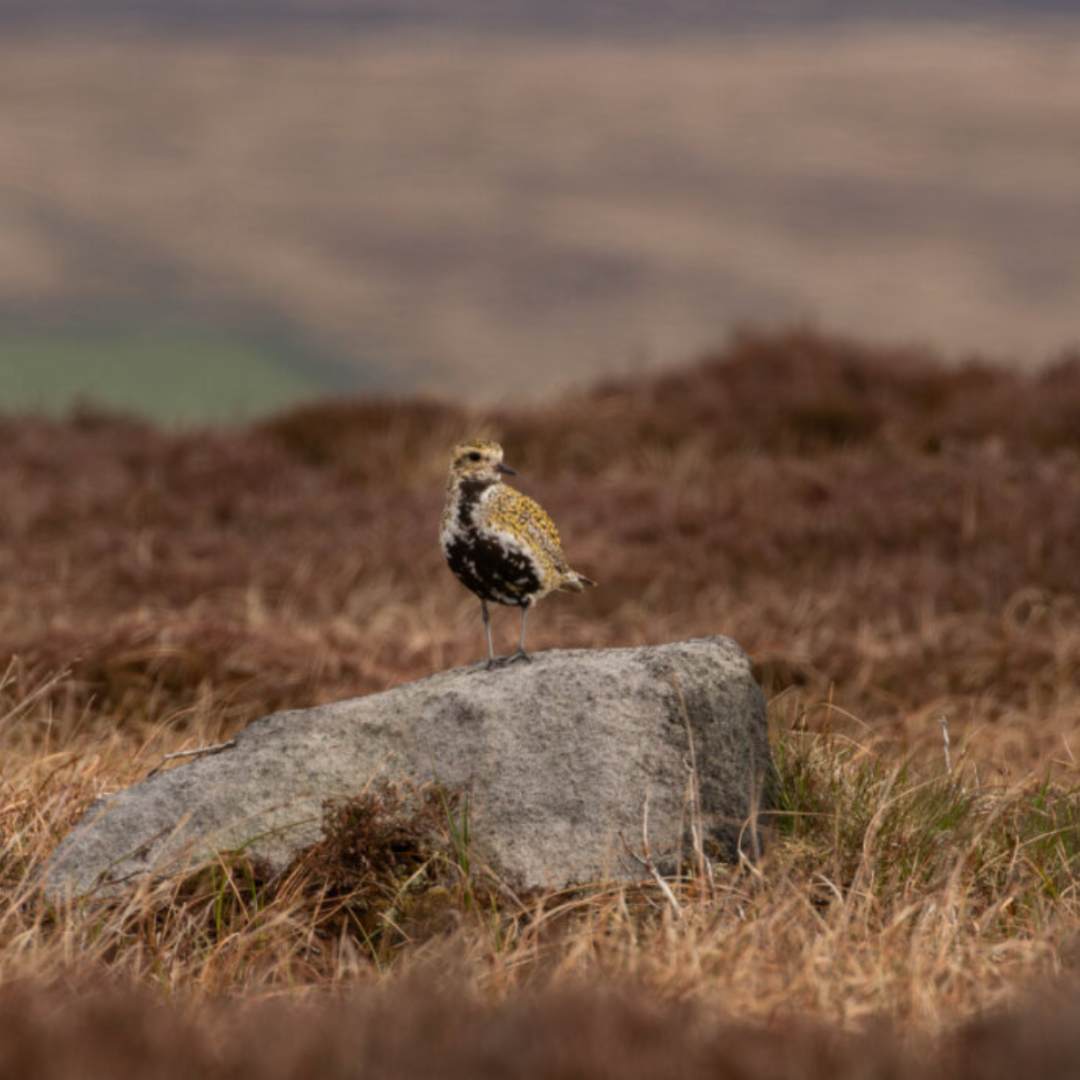
Golden Plover on Walshaw Moor 2025 | Kate Haslegrave
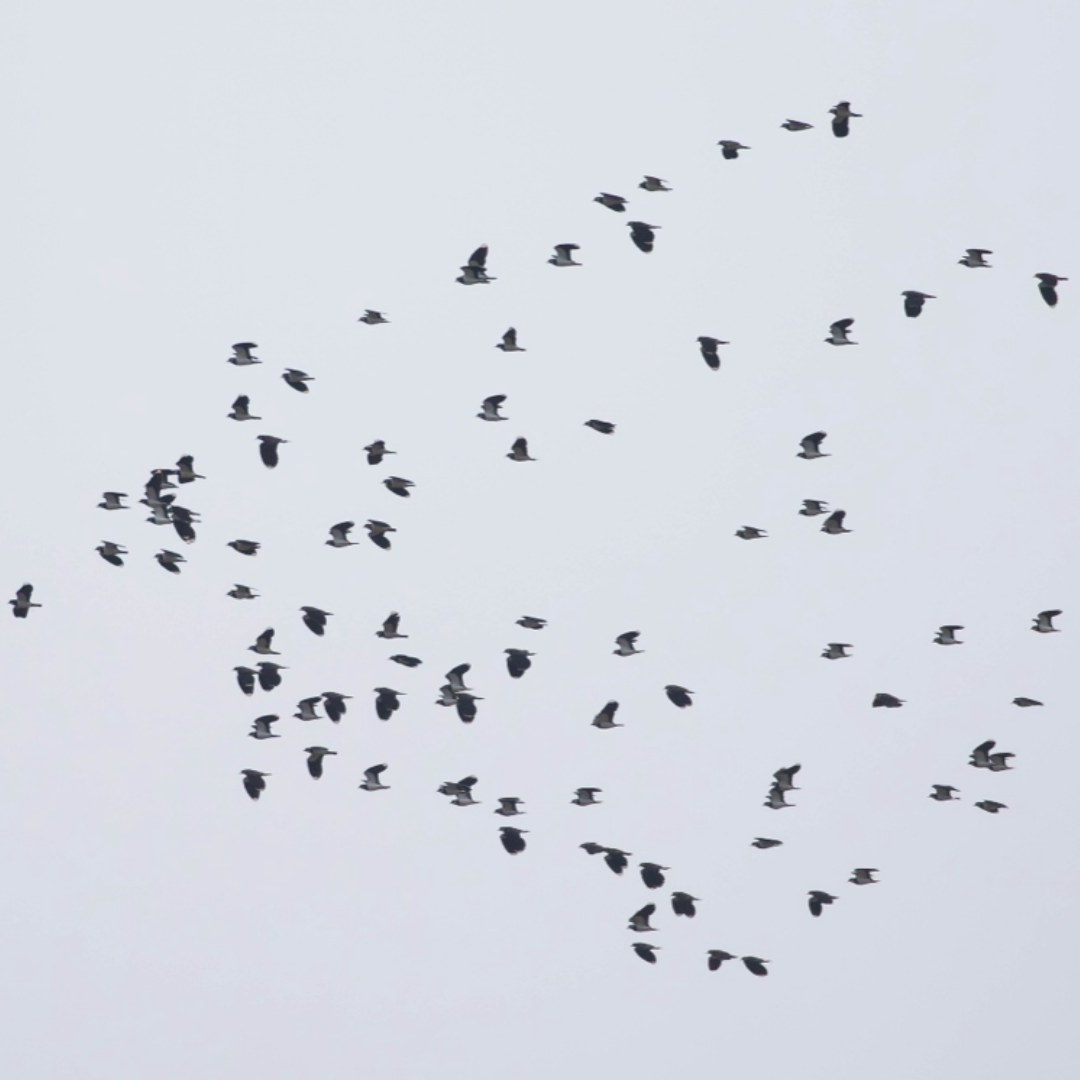
A large flock of lapwings over Walshaw Moor in 2025 | Kate Haslegrave
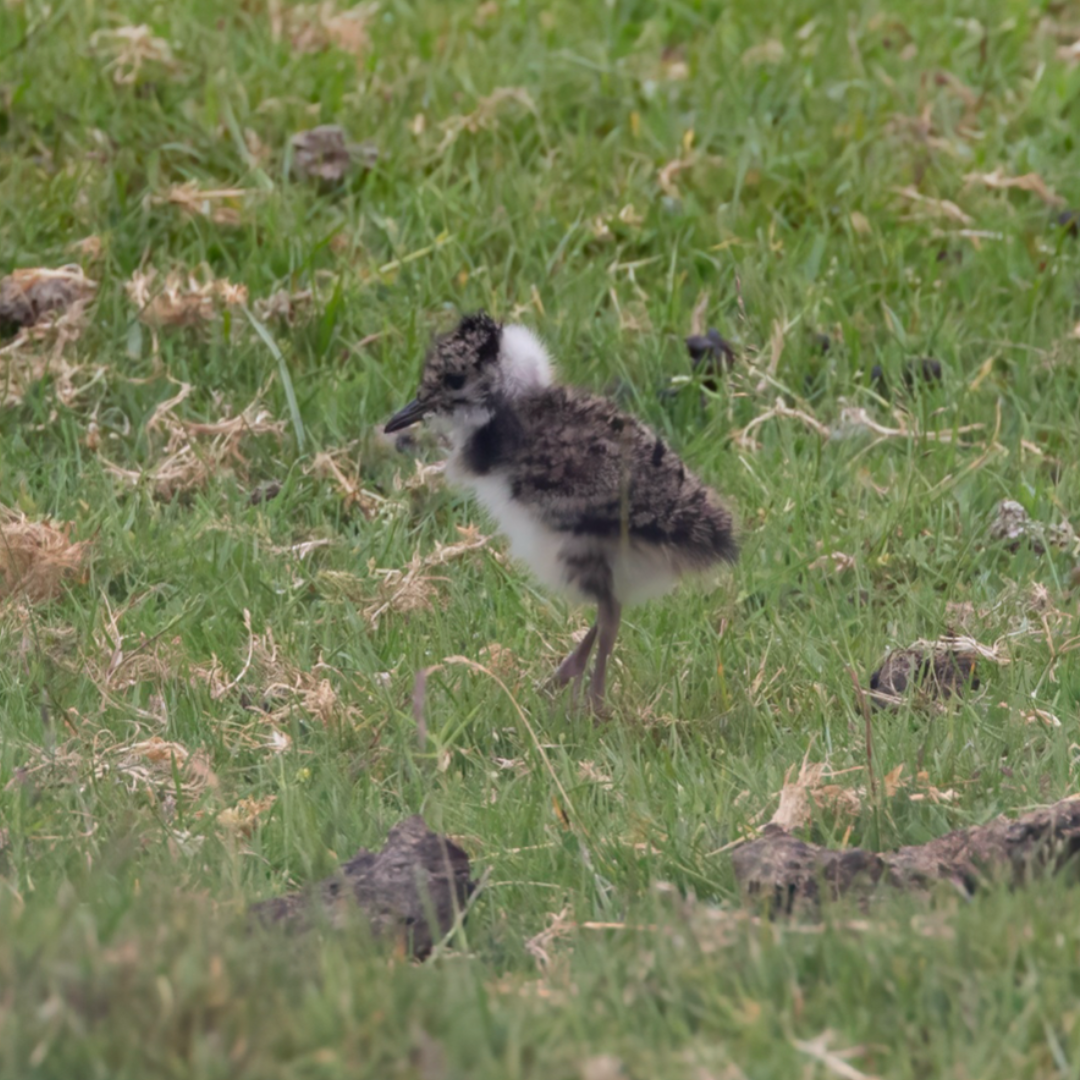
Lapwing chick on Walshaw Moor 2025 | Kate Haslegrave
Lapwings have declined by 55% in England since the 1960s though on Walshaw Moor their numbers remain buoyant.
No land in the UK is more strongly protected by national and international law than Walshaw Moor. It is a Special Area of Conservation for its peatland and blanket bog and a Special Protection Area for its birds. It is part of England’s response to the Kunming-Montreal agreement to conserve 30% of each country on Earth by 2030 for nature. As we have stated, England is one of the most nature-depleted countries on the planet and at present only 7.1% of our land can count towards the 30%, and nearly all of this is within internationally designated SACs and SPAs. If the South Pennine SPA and SAC can be destroyed by a wind farm then we have nothing to contribute to the Kunming-Montreal target, a policy which we are proud to have led. In the most recent policy report the Nature Minister and Climate Change Minister confirm their understanding of the place of Walshaw Moor in the Kunming-Montreal framework.
“The UK remains steadfast in its commitment to the three ‘Rio’ Conventions that aim to protect the global environment, and to the landmark Paris Agreement and Kunming Montreal Global Biodiversity Framework (GBF).”
“The 30 by 30 commitment, to effectively conserve and manage 30% of our land and seas by 2030, sits at the very heart of the UK’s aim to ensure nature’s recovery. Delivering this target means ensuring that the most important and wildlife-rich habitats are benefiting from effective, long-term conservation and management. At COP16 in October 2024, the UK confirmed its vision for delivering 30 by 30 in England and published the criteria for land and inland water areas which can count towards this target. At least 7.1% of England’s land has been identified that already meets the 30 by 30 criteria and counts towards the target.”
As nature in England is so depleted getting to 30% by 2030 will be very difficult. It will be impossible if Walshaw Moor, part of the anchor 7.1%, can be destroyed by the landowner despite it being protected by both of the highest nature designations.
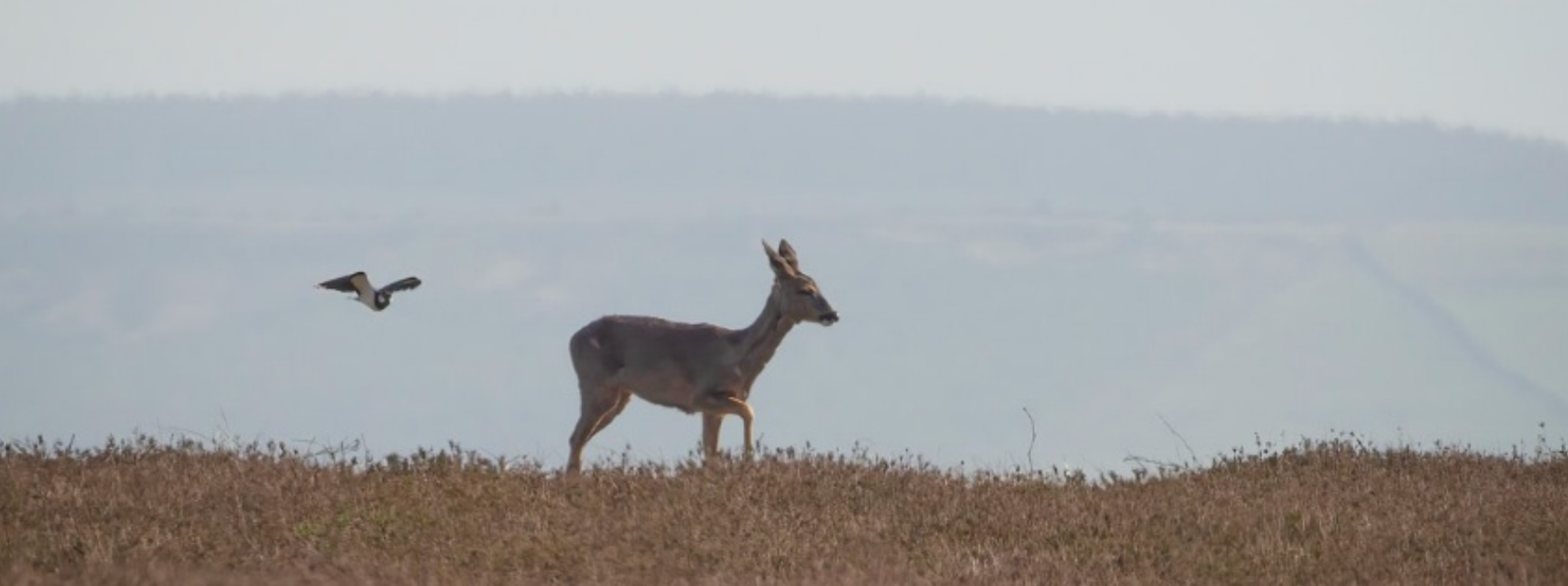
A lapwing escorts a deer away from its nest on Walshaw Moor in 2025 | Kate Haslegrave

The image above envisions how the site will appear from Cock Hill on Oxenhope Moor.
How You Can Help
GETTING INVOLVED
Speak Out
Share your thoughts with your communities at home and online. Attend meetings.
Contact a member of the House of Lords.
Write to the Secretary of State for Energy Security and Net Zero, (currently Ed Miliband), Secretary.State@energysecurity.gov.uk and tell them that there is no need to build wind farms on protected peatland.
Stronger Together
You are welcome to join our campaign group and add your voice and vote to the many – The Calderdale Windfarm Action Group is the main Facebook group representing all of the eight campaign groups of Stronger Together to Stop Calderdale Windfarm.
We’d love to have you on board with us.
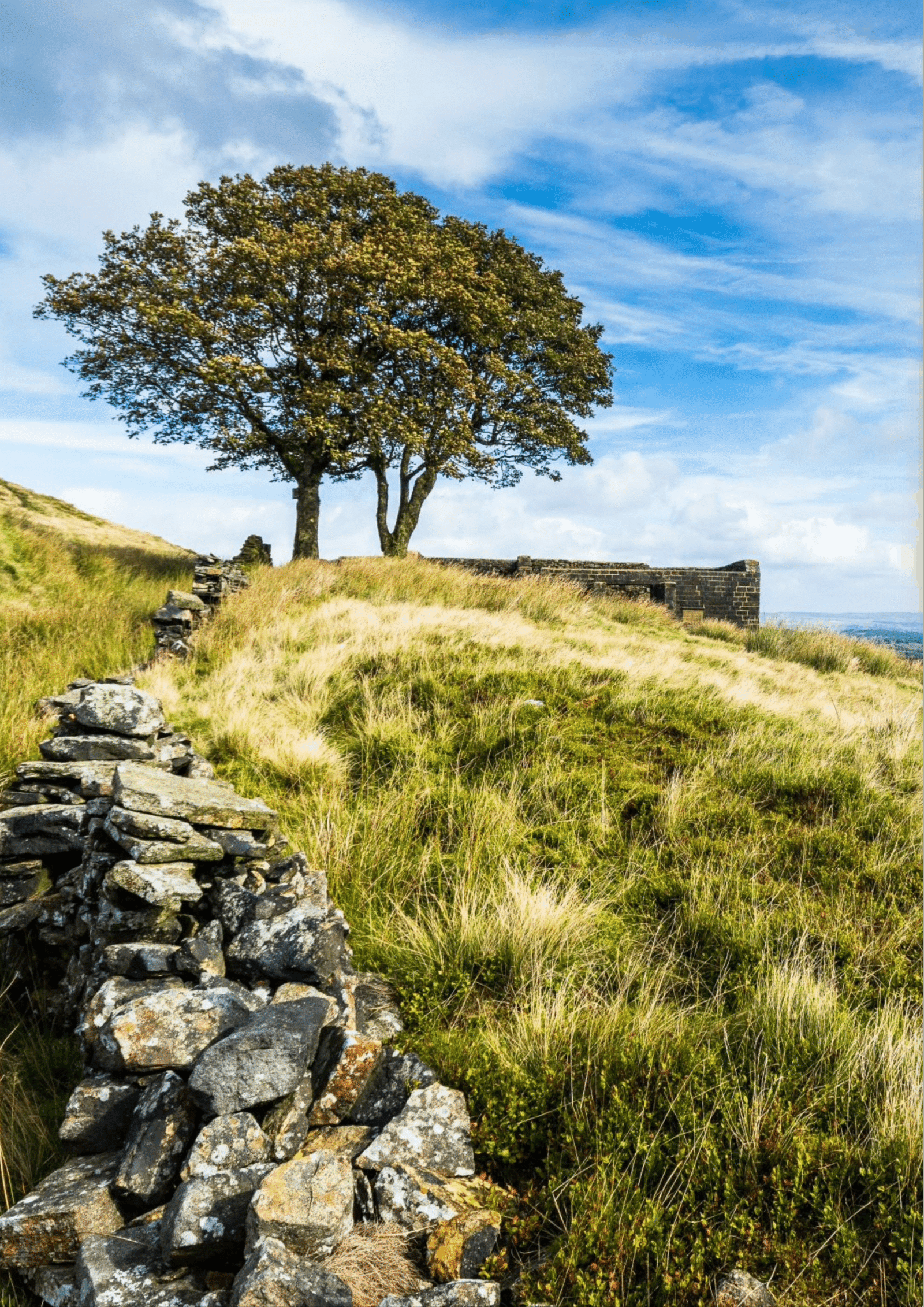
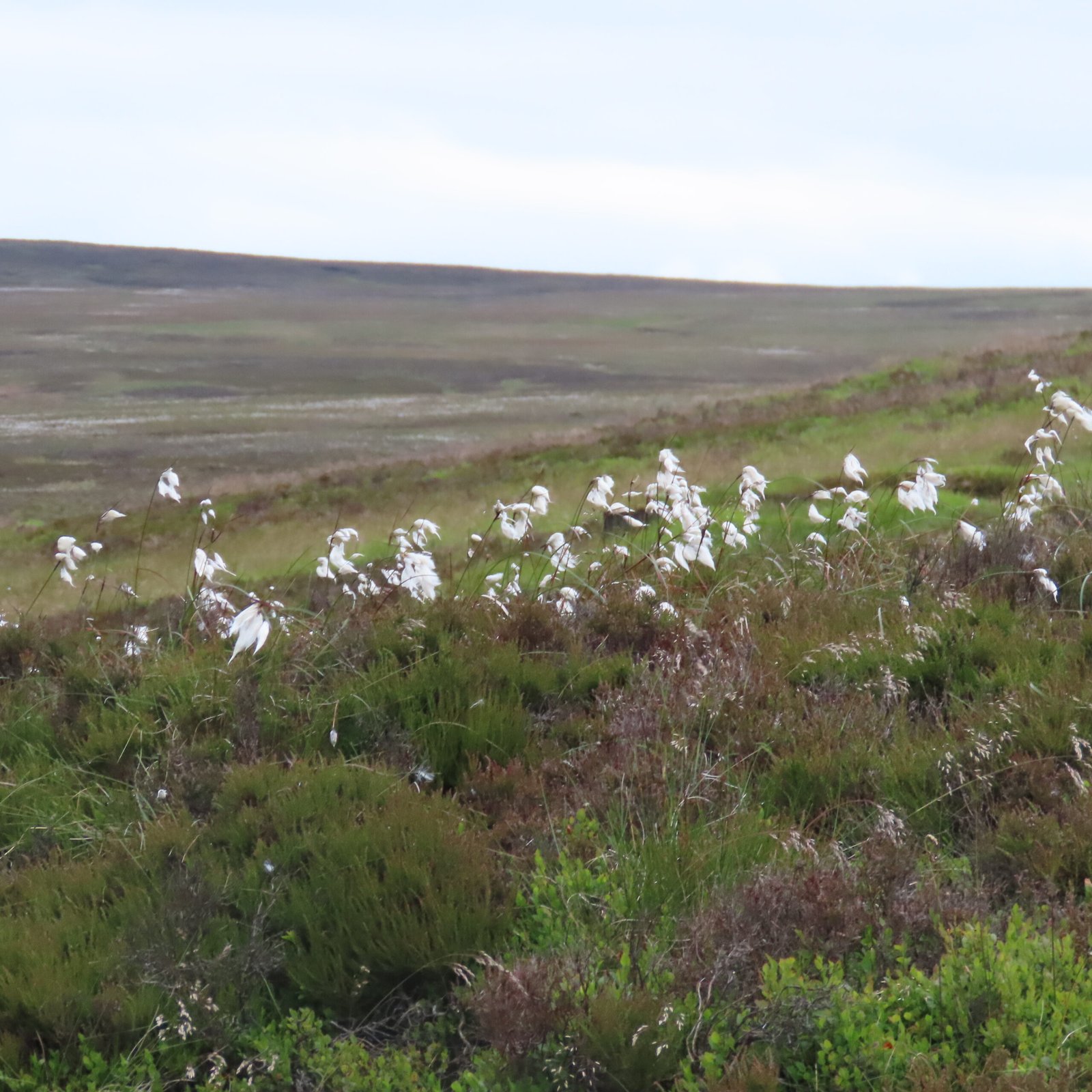

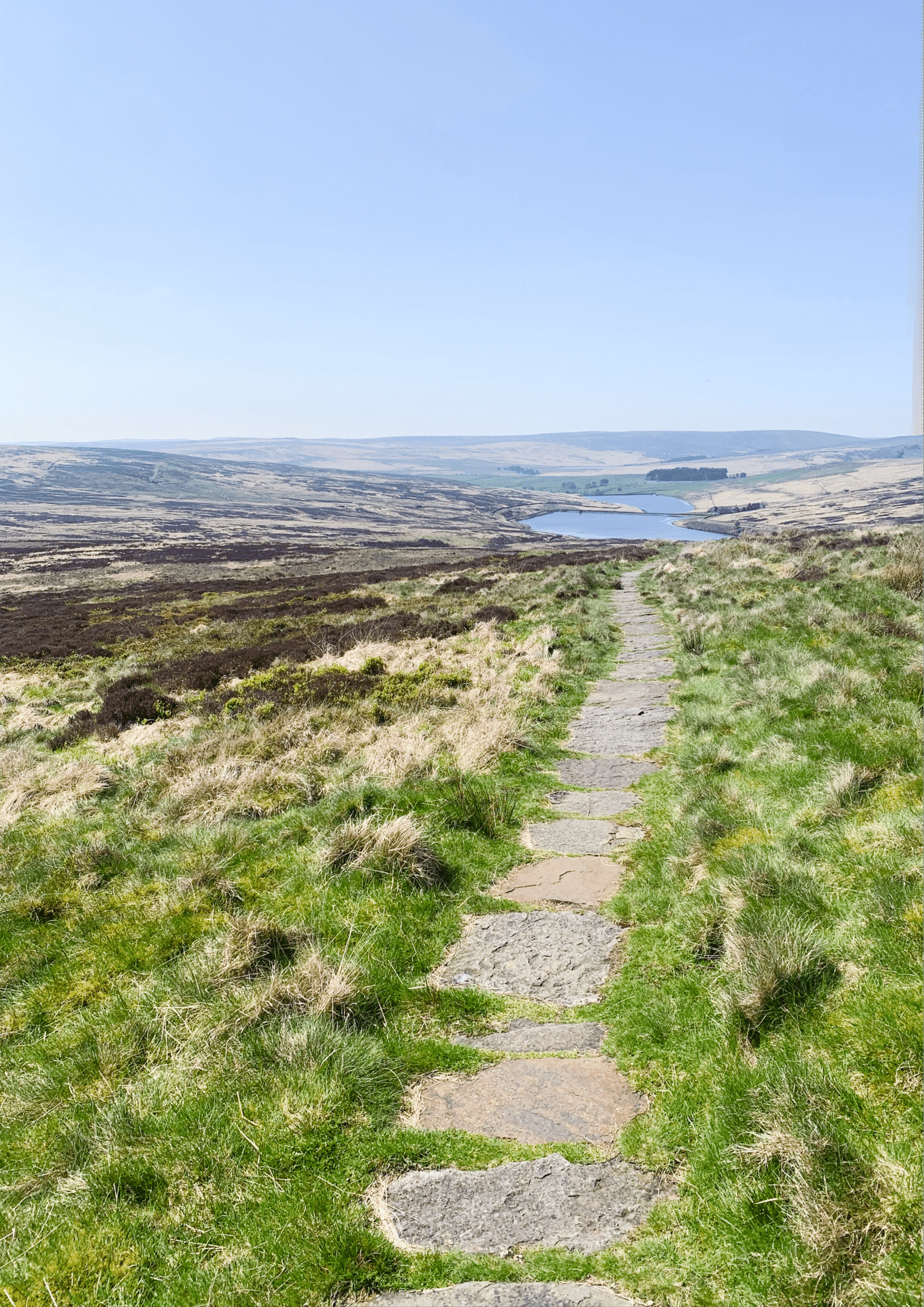
Media Enquiries
For interviews and press/media enquiries please contact:
Lydia MacKinnon - 07766 333114
Penny Price - 07771 737274





